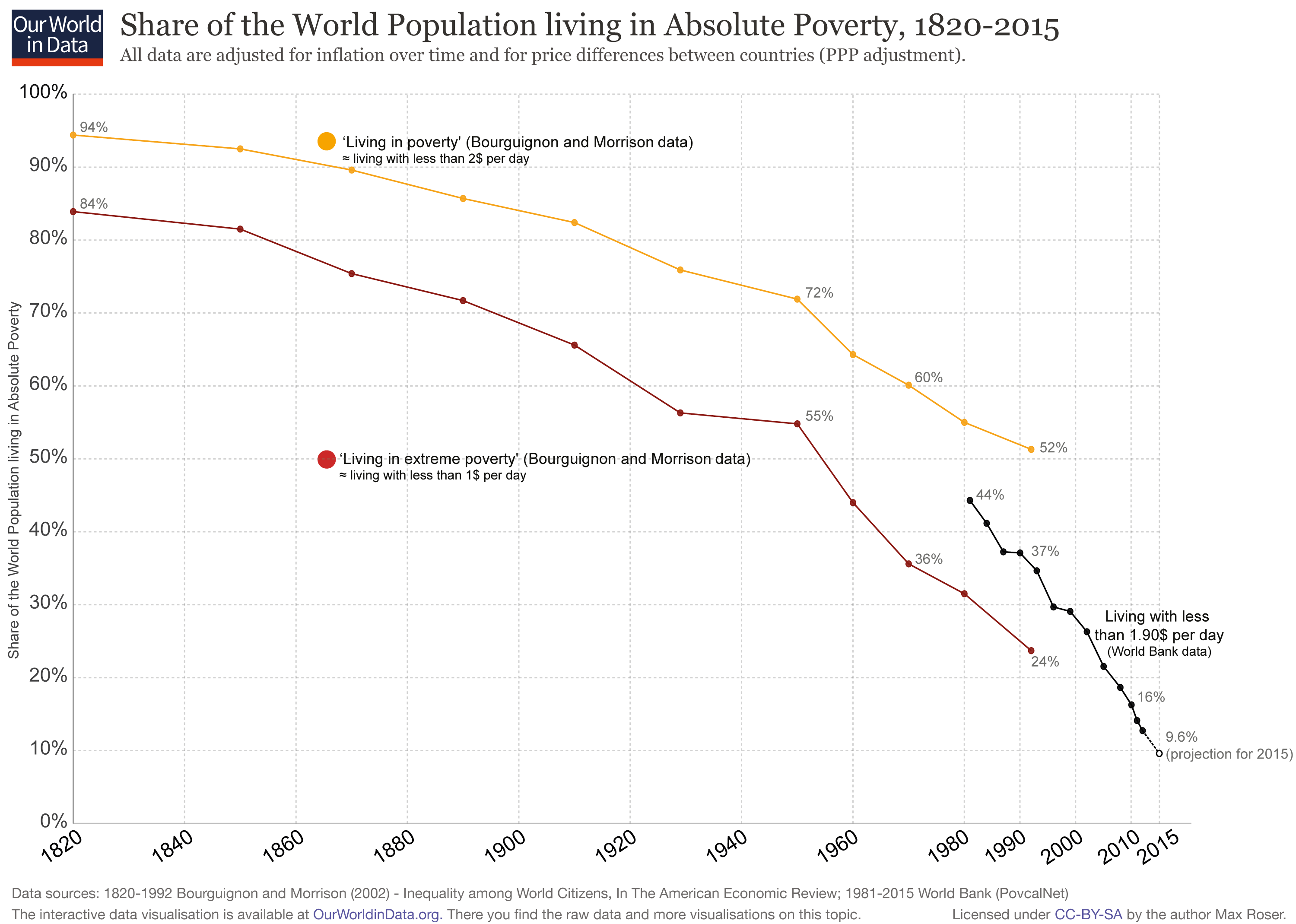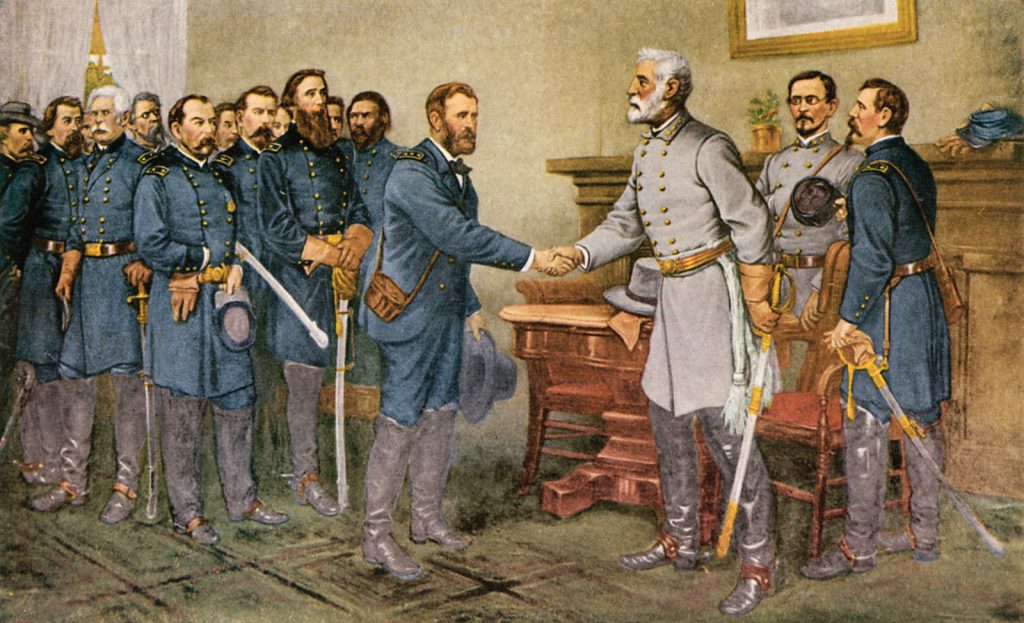The National Weather Service (NWS) had forecasted 7-9 inches for the Twin Cities on Friday 1/17/2020 into Saturday, predicting doom and despair for the region. Actual totals varied across the region, with the Minneapolis airport officially getting less than 5 inches. Some places in northern Minnesota saw totals as high as 16 inches, but let’s face it, not many people live there, and they are used to it. Other areas in the Twin Cities saw totals as low as 3 inches, but some got nearly a whopping 6 inches. The storm wrapped up earlier than expected, and the heaviest bands dropped less per hour than expected.
The storm was not without danger. High winds, freezing rain, and cold temperatures combined to create white-out conditions and slippery roads, resulting in more than 200 car crashes, including 26 injuries, at least one serious, and another 200 plus minor car accidents like spinouts and semi-jackknifes, lower than average totals for winter storms in the state. Overall, this was a relatively below average medium-sized storm for a state that expects snowstorms in Winter.
Compared to the “Long Winter” of 1880/81 (the same one captured accurately by Laura Ingalls Wilder), this 2020 storm was a piece of cake, or if you prefer, a nice cup of hot cocoa. The Long Winter saw regular blizzards beginning in October through March, and so much snow fell that the railroad shut down by January until the Spring thaw, isolating entire towns and regions. One blizzard in February 1881 lasted for 9 days. While there have been very deadly blizzards in the modern era, including the deadliest on record, occurring in Iran in 1972, which killed 4000 people, and 1993 and 1996 in the United States which killed 318 and 154 each respectively, the fact is that while blizzards are still dangerous natural events, we are far better able to prepare for them in advance, and ensure we can endure them in comfortable homes, without the fear of being isolated for an entire season. And if we are stuck at home, we have Netflix, Kindles, Gore-Tex, and Keurig Coffee makers to keep us happy and warm.
— This has been your very banal report —

Image Source:
https://en.wikipedia.org/wiki/Blizzard#/media/File:Train_stuck_in_snow.jpg
File:Train stuck in snow.jpg | Created: 28 March 1881
Footnote: The Banality Report is based in Minneapolis, Minnesota, so today’s report covers this region only. The blizzard crossed into other states. We encourage similarly banal reports for other areas impacted by this average storm.
Learn more from the sources used for this article:
- https://www.currentresults.com/Weather/Minnesota/Places/minneapolis-snowfall-totals-snow-accumulation-averages.php
- http://www.startribune.com/minnesota-snowstorm-was-lighter-than-expected-but-still-dangerous/567108562/
- https://bringmethenews.com/minnesota-weather/heres-how-much-snow-fell-in-minnesota-blame-the-dry-slot-for-less
- https://en.wikipedia.org/wiki/Blizzard
- https://www.worldatlas.com/articles/the-ten-deadliest-blizzards-in-history.html
- https://www.ncdc.noaa.gov/snow-and-ice/rsi/overview
Hover over any * to see some Extra Facts for Nerds within the article text.




